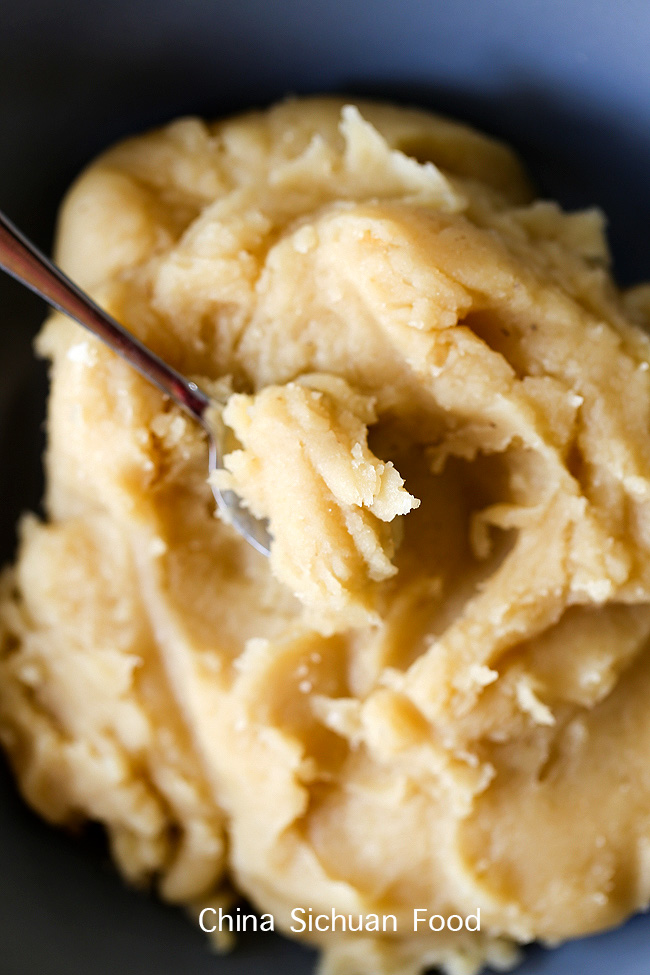

Mung bean paste should not be too dry either. Like most Asian desserts, num kroch are not very sweet. The envelope of the num kroch is composed of glutinous rice flour, which gives it this slightly elastic texture. The stuffing of num kroch is made of mung beans.

In Khmer, it is num kroch (or nom kroch), which means cake ( num) orange ( kroch), because its shape is reminiscent of the fruit.

They have a different name based on their origin. The Chinese probably exported it as they migrated to other parts of Asia. Southeast Asia Cambodia Ĭambodian num kroch (នំ ក្រូច) is said to have originated in China, where it is called jian dui or sometimes, maqiu. It is usually filled with sesame seeds, jaggery, sugar, or glucose syrup. It is made in different sizes and colors. In Sinhalese, mainly used in Sri Lanka, it is called Thuri Guli (තල ගුලි), which translates as sesame ball. In Tamil Nadu and northeast Sri Lanka, it is known as ellu urundai or ellurundai (எள்ளுருண்டை), the local word meaning sesame ball. As the Chinese jian dui is first coated with sesame seeds then deep-fried, while the Korean gyeongdan is first boiled then coated with toasted sesame seeds, jian dui is also called twigin chamkkaegyeongdan( 튀긴 참깨경단, "deep-fried sesame rice ball cake"). In Korea, it is called jungguksik chamkkaegyeongdan ( 중국식 참깨경단, "Chinese-style sesame rice ball cake") to avoid confusion with Korean-style sesame rice ball cake ( chamkkae- gyeongdan) with sesame coating. It is often sold at street fairs, in Chinese districts, and at various restaurants. In Japan, it is known as goma dango ( ごま団子, sesame dumpling). It can also be found in most Chinatown bakery shops overseas. In Hong Kong, it is one of the most standard pastries. With the southward migration of many peoples from central China since the An–Shi Rebellion, the jian dui was brought along and hence became part of southern Chinese cuisine. This food item was also recalled in a poem by the Tang poet Wang Fanzhi. The origins of jian dui can be traced back to the Tang dynasty as a royal food in Chang'an, known as lüdui ( 碌䭔). ĭepending on the region and cultural area, jiandui are known as matuan ( 麻糰) in North and Northwest China, mayuan ( 麻圆) in Northeast China, and zhendai ( 珍袋) in Hainan. They are also sometimes referred to as sesame balls. The hollow of the pastry is filled with a filling usually consisting of lotus paste, or alternatively, sweet black bean paste, or red bean paste. Inside the pastry is a large hollow, caused by the expansion of the dough. The pastry is coated with sesame seeds on the outside and is crisp and chewy after immediately being cooked. Jiandui are a type of fried Chinese pastry made from glutinous rice flour.


 0 kommentar(er)
0 kommentar(er)
